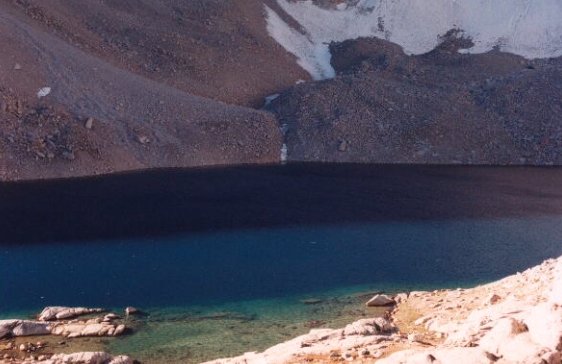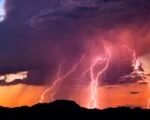This past weekend, the Great Lakes witnessed a spectacular natural phenomenon as multiple waterspouts were spotted over their waters. These intriguing weather events, which resemble tornadoes but form over water, captivated both locals and meteorologists. The sightings were particularly notable due to the perfect weather conditions that facilitated their formation. Waterspouts are not only fascinating to observe but also provide valuable insights into atmospheric dynamics and weather patterns.
What Are Waterspouts?
Waterspouts are essentially tornadoes that form over bodies of water. They occur when a column of rotating air descends from a cumulus cloud and touches the water surface. Unlike tornadoes, waterspouts are typically less destructive and often dissipate quickly. However, they can still pose significant risks to boats and coastal areas if they move onshore. The recent sightings over the Great Lakes were primarily non-tornadic waterspouts, which are generally weaker and form in fair weather conditions.
The formation of waterspouts requires a specific set of atmospheric conditions. These include a significant temperature difference between the warm water surface and the cooler air above. This temperature contrast creates instability in the lower atmosphere, leading to the development of rotating columns of air. The Great Lakes, with their warm waters and frequent cold air masses, provide an ideal environment for waterspout formation, especially during the late summer and early fall months.

Meteorologists closely monitor these conditions to predict and track waterspouts. The International Centre for Waterspout Research (ICWR) plays a crucial role in studying these phenomena and providing forecasts. Their efforts help to ensure the safety of those on the water and contribute to our understanding of these captivating weather events.
Recent Sightings and Their Impact
The recent waterspout sightings over the Great Lakes were a result of a cold front moving through the region. This front brought cooler air over the warm lake waters, creating the perfect conditions for waterspout formation. Over the weekend, numerous waterspouts were reported, with some even being captured on camera by weather enthusiasts and storm chasers. These images and videos quickly spread across social media, drawing attention to the phenomenon.
While waterspouts are generally less destructive than tornadoes, they can still cause damage if they move onshore. In the past, waterspouts have been known to uproot trees, damage buildings, and disrupt marine activities. Fortunately, the recent sightings did not result in any significant damage or injuries. However, they served as a reminder of the power and unpredictability of nature.
The presence of waterspouts also has implications for local weather patterns. They can influence wind speeds and directions, affecting boating and other water-based activities. As such, it is important for those in the vicinity of the Great Lakes to stay informed about weather conditions and heed any warnings issued by meteorologists.
Understanding Waterspout Formation
The formation of waterspouts involves a complex interplay of atmospheric conditions. At the core of this process is the temperature difference between the water surface and the air above. When warm, moist air rises from the water surface and encounters cooler air aloft, it creates an unstable environment. This instability can lead to the development of rotating columns of air, which eventually form waterspouts.
There are two main types of waterspouts: tornadic and non-tornadic. Tornadic waterspouts are essentially tornadoes that form over water and are associated with severe thunderstorms. Non-tornadic waterspouts, on the other hand, form in fair weather conditions and are generally weaker. The recent sightings over the Great Lakes were primarily non-tornadic waterspouts, which are more common in this region.
Meteorologists use various tools and techniques to study and predict waterspouts. These include radar, satellite imagery, and weather models. By analyzing these data, they can identify the conditions that are conducive to waterspout formation and issue timely warnings. This helps to ensure the safety of those on the water and contributes to our understanding of these fascinating weather events.













